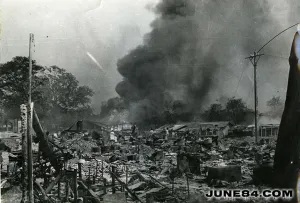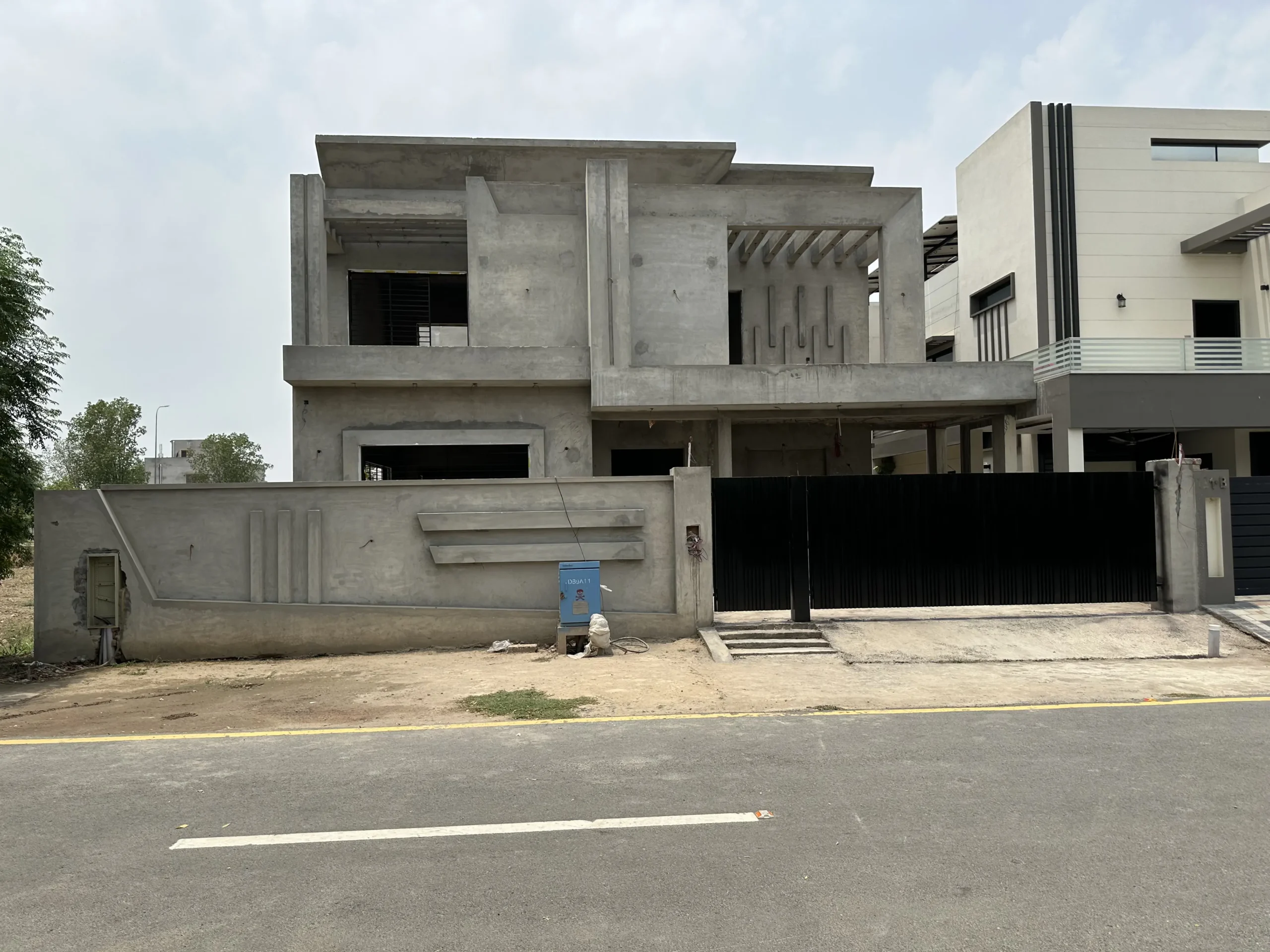The history of India in the 20th century is marked by moments of glory and heartbreak, but few events resonate as deeply and painfully as June 84. For the Sikh community, this was more than just a military operation—it was an assault on their faith, identity, and existence.
Even decades later, the memories of june 84 continue to haunt generations. It is not just remembered—it’s felt, mourned, and reflected upon every single year by millions around the world.
What Exactly Happened in June 84?
June 84 refers to Operation Blue Star, a military action conducted by the Indian Army from June 1 to June 10, 1984. The aim was to remove Sikh militant leader Jarnail Singh Bhindranwale and his followers from the Golden Temple in Amritsar, where they had taken position.
However, the operation turned into something far more catastrophic. Armed forces stormed the temple complex, using tanks, artillery, and thousands of soldiers. The Akal Takht, a sacred seat of Sikh authority, was heavily damaged, and the operation led to the deaths of hundreds—possibly thousands—of pilgrims, including women and children.
The government’s justification was national security. But to Sikhs worldwide, it felt like a deliberate violation of their holiest site, carried out without regard for religious sanctity or innocent lives.
The Ripple Effects of June 84
The aftermath of june 84 was immediate and devastating. On October 31, 1984, Indian Prime Minister Indira Gandhi was assassinated by her Sikh bodyguards in retaliation. What followed were state-enabled anti-Sikh riots that engulfed Delhi and other cities. Thousands of Sikhs were murdered, women assaulted, and properties burned—all while law enforcement stood by.
These events didn’t just impact Punjab or India—they changed the course of Sikh identity across the world. For many, June 84 marked a turning point that gave rise to a new consciousness: one rooted in remembrance, resistance, and the fight for justice.
Why the Memory of june84 Still Lives On
In today’s digital age, the term june84 has become symbolic. It’s not just a date—it’s a movement, a memory, and a mission. Digital platforms like june84.com have become archives for truth-seekers, historians, and everyday Sikhs looking to understand their past.
These platforms preserve stories of those who died during the attack—Shaheeds (martyrs)—as well as eyewitness accounts, rare images, and personal reflections. It’s through these digital memorials that younger generations connect with their history, some for the very first time.
More than ever, june84 is a call to educate, remember, and act. It fuels peaceful activism, academic research, and cultural projects focused on Sikh identity, human rights, and historical justice.
How You Can Engage with the Legacy of june84
Honoring the legacy of june84 isn’t just about remembering—it’s about engaging with history to build a better future. Here are ways you can connect:
- Visit educational platforms like june84.com to explore personal stories and verified facts.
- Attend remembrance events hosted by Gurdwaras or Sikh communities every June.
- Share survivor testimonies to raise awareness among those unfamiliar with the events.
- Support Sikh organizations advocating for justice and historical transparency.
- Create art or content inspired by june 84, to give voice to stories that are still silenced.
Every action, no matter how small, keeps the legacy of june 84 alive and relevant.
Global Response to June 84
The global Sikh diaspora—especially in the UK, Canada, and the US—responded swiftly and passionately. Protests erupted across international cities. Gurdwaras hosted emergency gatherings, and Sikh youths took on leadership roles to educate the world about what had transpired.
Many governments have been urged to formally recognize the attacks as human rights violations or genocide, though official recognition remains limited. What’s undeniable, however, is that june 84 altered the image of India on the world stage, raising concerns about religious freedom, government accountability, and minority rights.
Why June 84 Still Matters in 2025
Today, as we reflect on the political and religious landscape of South Asia, the lessons of June 84 remain urgent. Intolerance, state violence, and the erasure of truth are not relics of the past—they are recurring threats.
June 84 serves as a powerful case study in how unchecked power can devastate a community. But more importantly, it teaches us how memory, resistance, and unity can preserve identity even in the darkest times.
From poetry and documentaries to university research and social media movements, the legacy of June 84 continues to shape thought and action among younger generations.
A Future Rooted in Truth and Remembrance
The journey of healing from June 84 is long, and for many, incomplete. But every year, with every voice added to the conversation, that healing moves forward.
We must remember the martyrs. We must listen to survivors. We must challenge distorted narratives. And above all, we must ensure that what happened in june 84 is never forgotten—or repeated.
Understanding the full weight of june84 is not just a duty for Sikhs, but for all who value human rights and dignity.



